In sports that demand explosive power, plyometrics play a key role. Characterized by rapid stretching and contracting of muscles, plyometrics develop the speed and strength athletes need. Quantifying the effectiveness of these exercises has long been a challenge… until now. Introducing the Hurdle Hop System, a transformative approach, that when combined with a device that measures GCT, allows athletes and coaches to measure ground contact times with laser accuracy.
Watch the full video here
Understanding the Hurdle Hop System
At its core, the Hurdle Hop System is a setup of hurdles designed to test and improve an athlete's ability to minimize ground contact time. The setup typically involves four to six hurdles, each spaced three to eight feet apart, with crossbars at an optional height. This spacing is strategic; it adjusts the focus of the athlete between vertical power to horizontal momentum.
The Significance of Ground Contact Time
Ground contact time (GCT) is a critical metric in plyometric training. It refers to the duration an athlete's foot is in contact with the ground during a string or hop. Shorter GCTs are indicative of explosive power and efficient force transfer, which are essential for sprinting, jumping, and other movements.
Implementing the Hurdle Hop System
Setting Up
- Hurdle Spacing: Begin with hurdles spaced three feet apart. This close spacing emphasizes vertical power and challenges athletes to minimize GCT. Separate the hurdles further apart to change the focus on horizontal momentum.
- Hurdle Height: Start with crossbars at 18 inches. They can be raised or lowered depending on the athletes ability.

Training Goals
- Consistency Over Peaks: The aim is not just to achieve one exceptional ground contact but to maintain consistently low GCTs across all hurdles.
- Progressive Improvement: The athletes highest (slowest) GCT will be their ‘score’. Focus on reducing this score, improving the athletes baseline over time.
- Rhythm and Sustainability: Encourage athletes to develop a sustainable rhythm that allows for efficient movement through all hurdles without fluctuations in contact time.
Case Studies: Real Athletes, Real Improvements
Let's consider the three athletes in the video demonstration (Titus, DJ, and Adam) as they navigate the Hurdle Hop System.
Titus
- Initial Performance: Titus had fluctuating GCTs, with his slowest at 0.319s and his fastest at 0.127s.
- Challenges: His exceptional fast contact times came at the expense of forward momentum, leading to a slower subsequent contact time.
- Progress: By focusing on sustainable rhythm, Titus reduced his slowest GCT to 0.179s.
DJ
- Initial Performance: DJ's slowest GCT was 0.228s.
- Adjustments: By refining his technique and finding a better rhythm, he aimed to get all contacts under 0.200s.
- Outcome: DJ showed consistent improvement, reducing variability in his GCTs.
Adam
- Initial Performance: Adam maintained relatively consistent GCTs around 0.174s to 0.179s.
- Observation: Despite getting sufficient height over the hurdles, there was room to improve forward momentum and reduce GCTs.
- Strategy: By adjusting his projection over the hurdles and minimizing unnecessary vertical movement, Adam was able to decrease his ground contact times.
The Impact of Hurdle Spacing and Height
The spacing and height of the hurdles significantly influence ground contact times and the type of plyometric stimulus provided.
- Shorter Spacing (3 Feet): Emphasizes vertical force production and quick rebounding, simulating acceleration phases in sprinting.
- Longer Spacing (5 Feet and Beyond): Allows for greater forward momentum, resembling maximum velocity sprinting. Athletes can achieve shorter GCTs due to the ability to project forward and "roll" over the ground contact.
- Adjusting Hurdle Height: Increasing hurdle height increases the demand for power but may lead to longer GCTs. The key is to find a balance that challenges the athlete without compromising speed.
The Role of OVR Jump in Measuring Performance
The ideal jump device revolutionizes the way coaches and athletes approach plyometric training by providing real-time, accurate ground contact times. Placed in each gap between each hurdle, the devices record how quickly athletes get on and off the ground with each hop.
Using OVR Jump
- Quantifiable Data: OVR Jump provides contact times to a millisecond, allowing for objective assessment of performance.
- Immediate Feedback: Athletes receive instant data on their ground contact times, enabling them to adjust in real-time.
- Affordability and Scalability: The device is cost-effective, making it feasible to set up multiple units for multiple hurdles.
- Independent Device: Without the need for an app allows for smoother training sessions, especially with larger groups.
Athletes
- Visualize Performance: Seeing exact GCTs helps athletes understand the impact of their technique on performance.
- Set Specific Goals: Targeting specific GCT thresholds (e.g. under 0.150s) provides clear objectives.
- Monitor Progress: Regularly recording GCTs allows for tracking improvements over time.
Coaches
- Identify Weaknesses: Data highlights areas where an athlete may be losing efficiency.
- Customize Training: Adjusting hurdle setups based on individual performance data ensures optimal challenge and progression.
- Provide Objective Feedback: Quantitative data supports coaching cues and reinforces the importance of technique adjustments.
Conclusion: Elevating Plyometric Training with OVR Jump
The Hurdle Hop System integrated with the OVR Jump device is a significant advancement in plyometric training, going beyond the vertical jump. It transforms subjective assessments into objective data, allowing for targeted improvements and enhanced performance. By focusing on ground contact times, athletes can create more explosive power and efficiency on the field or track.
Whether you're a coach aiming to bring out the best in your athletes or an athlete striving for more, implementing the Hurdle Hop System with OVR Jump into your training regimen is a game-changer.

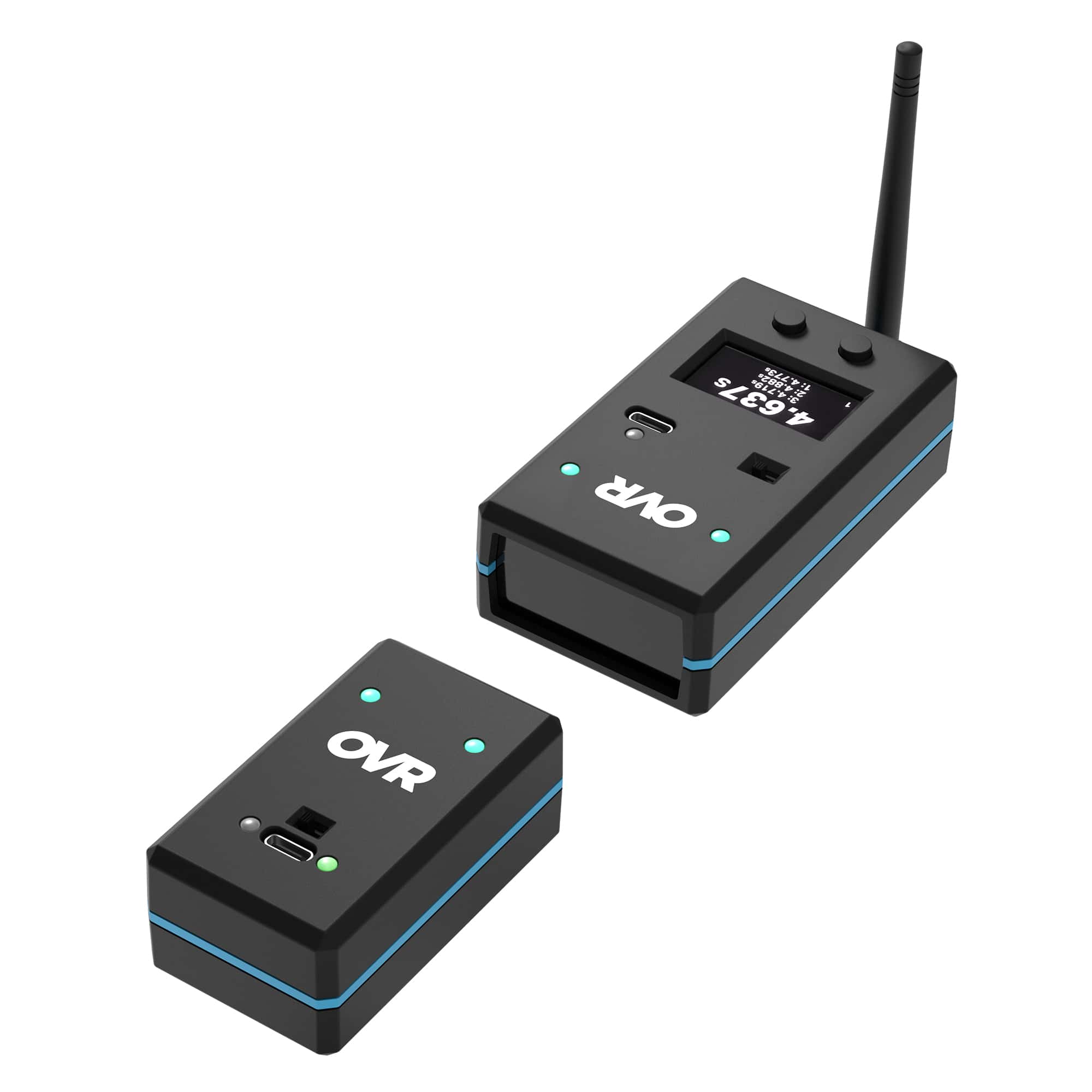
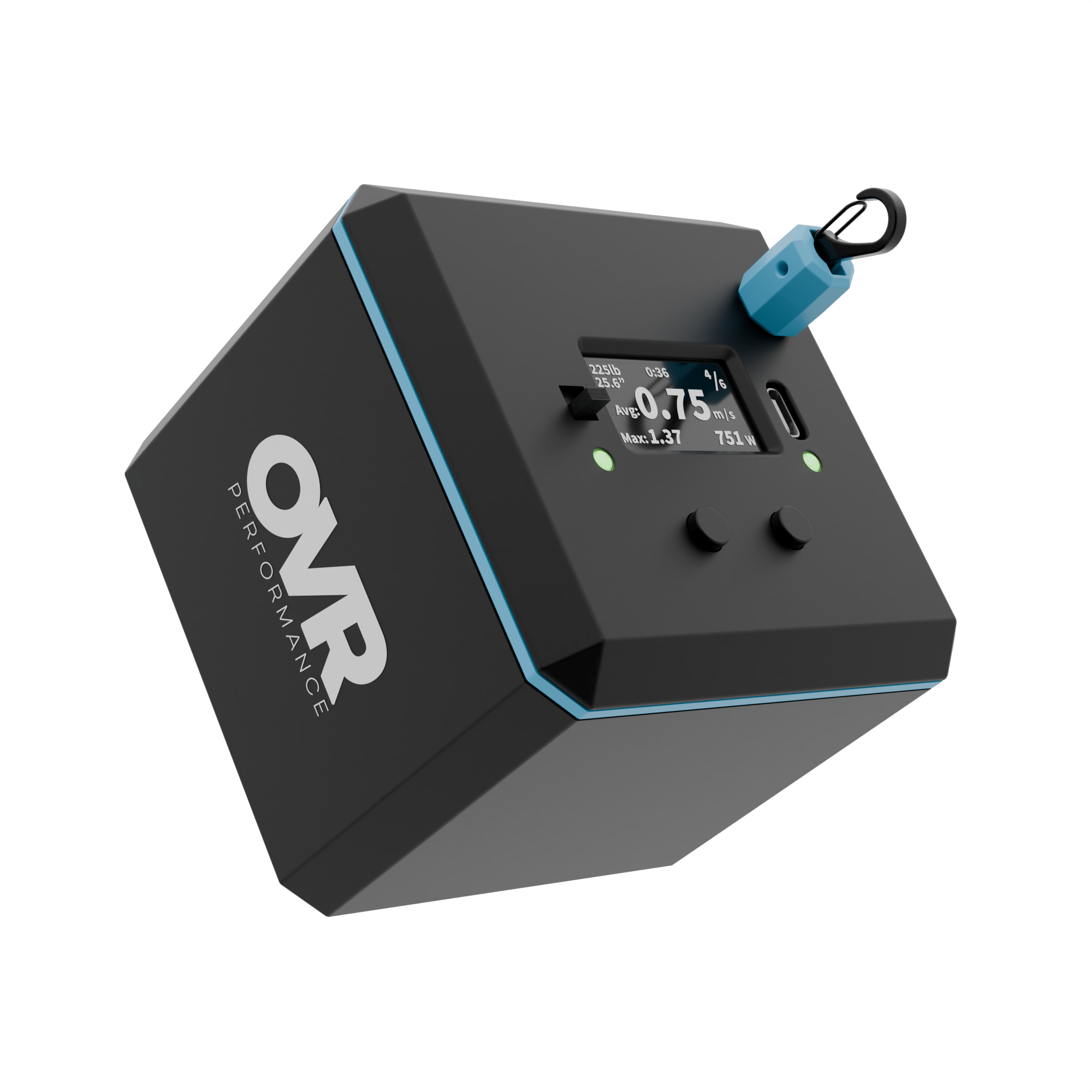
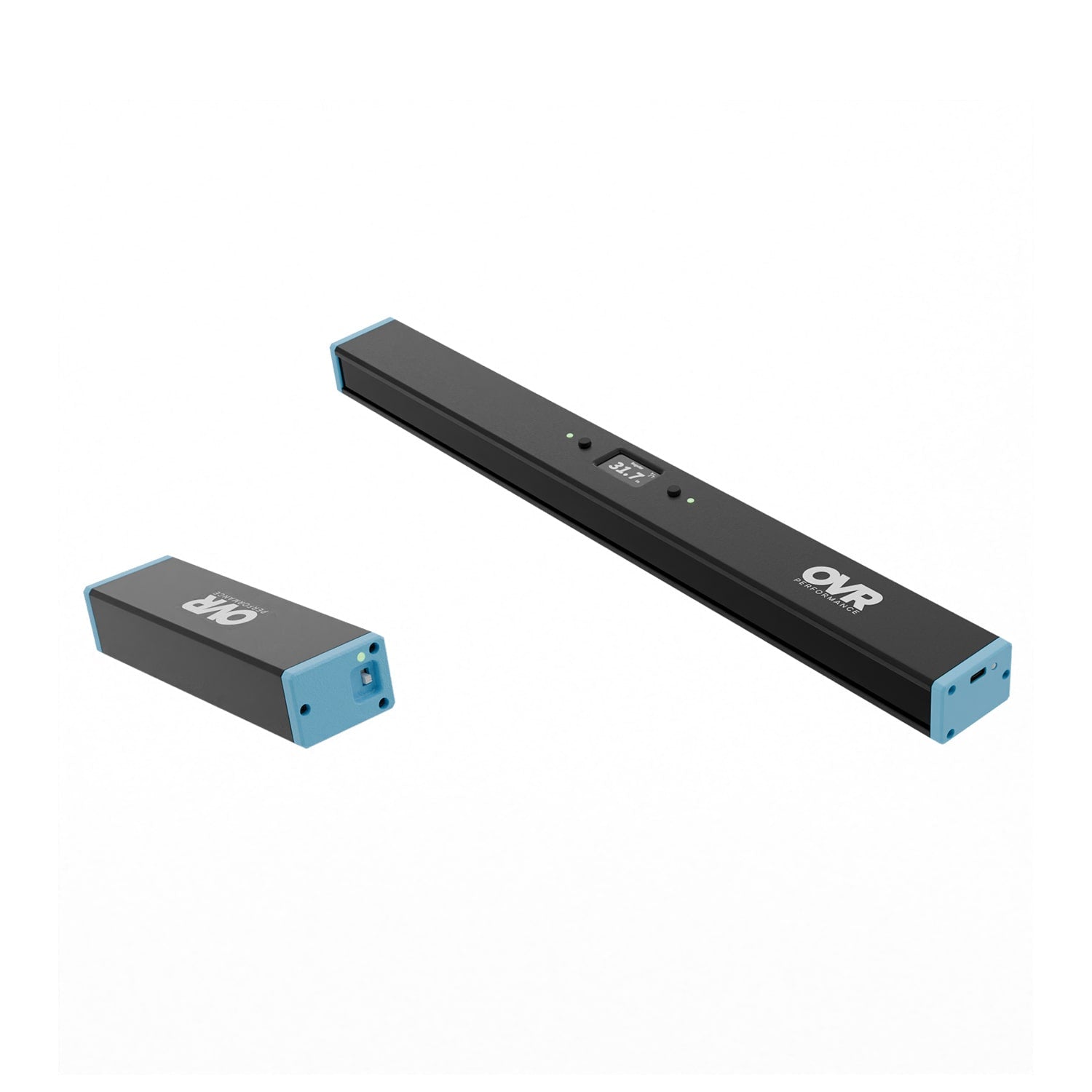
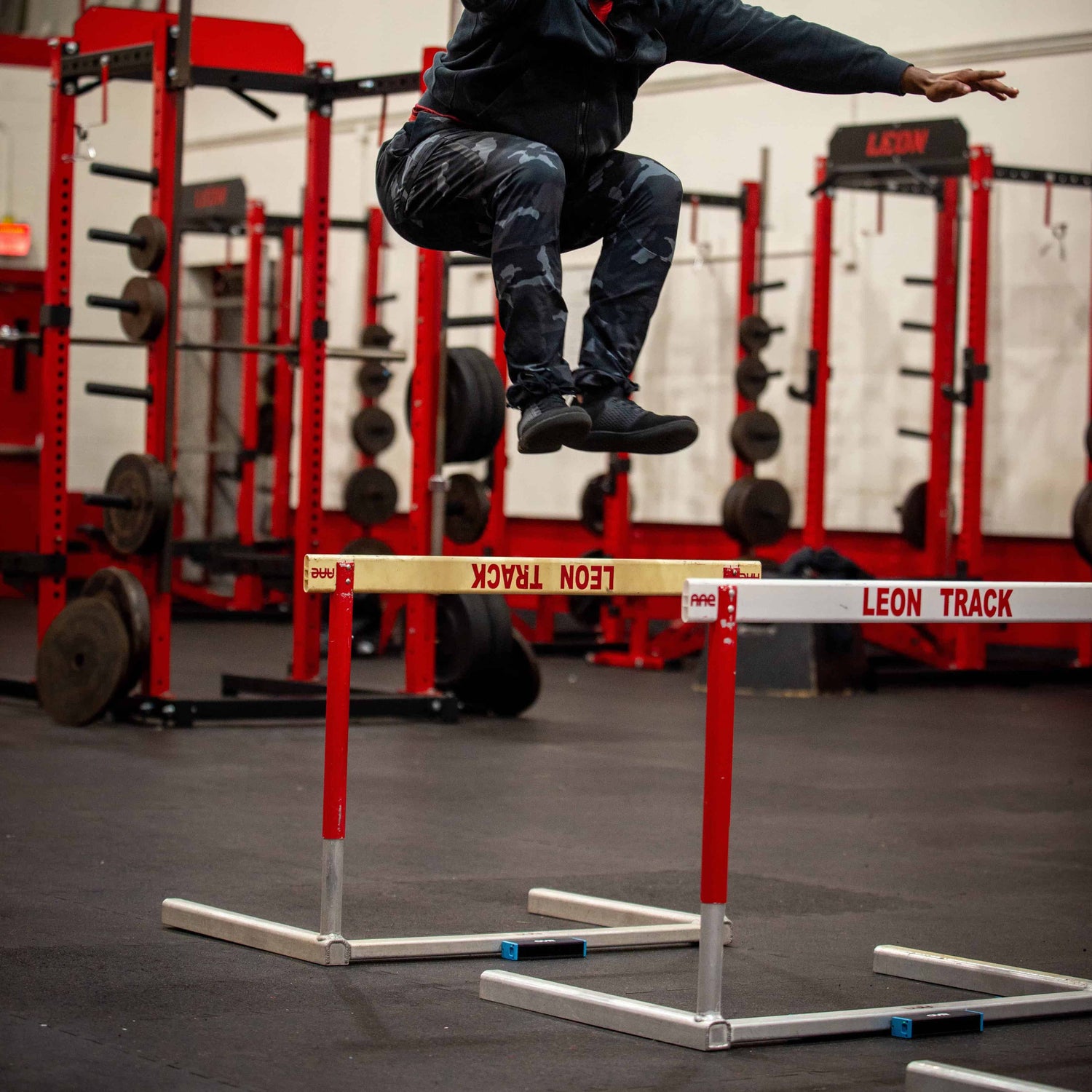


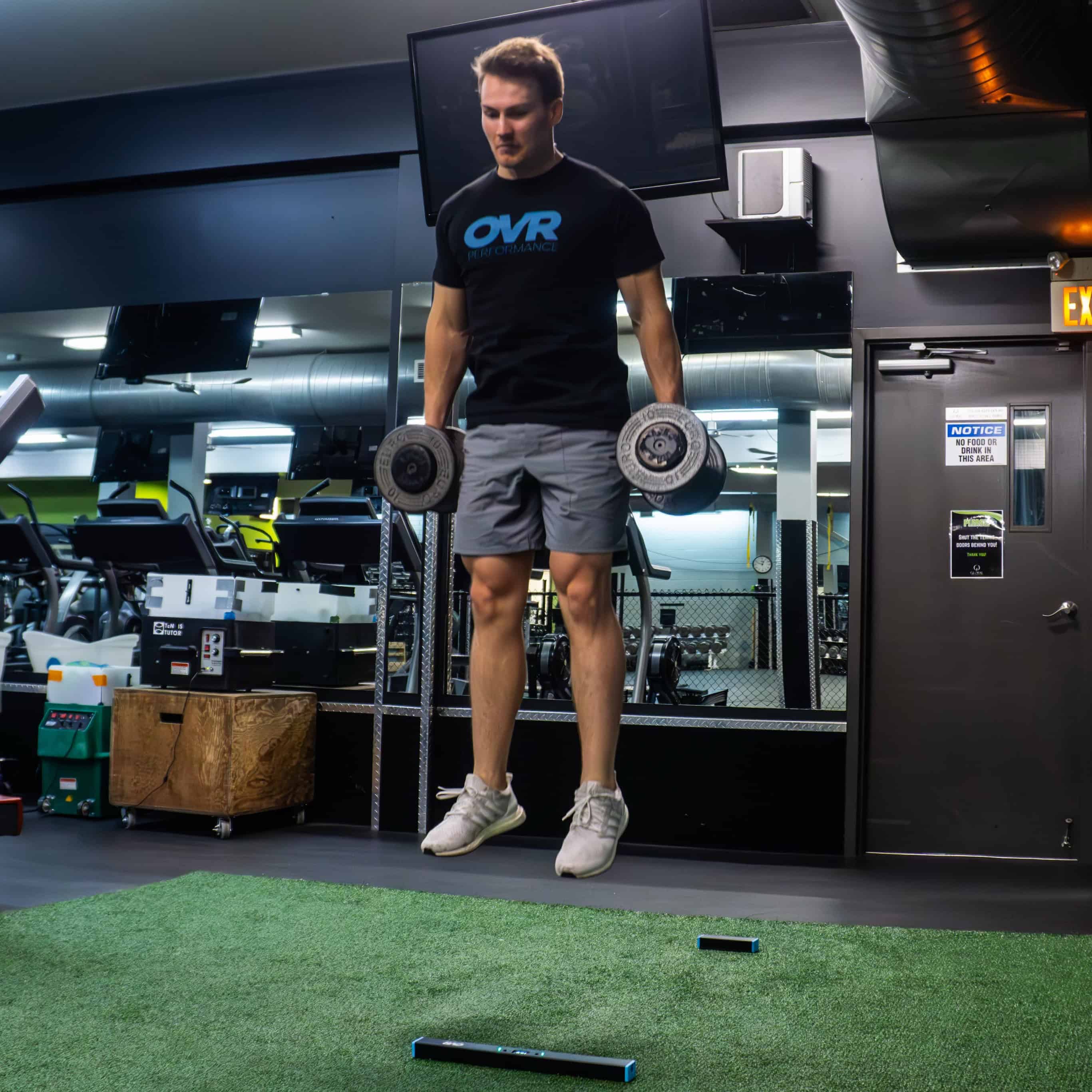
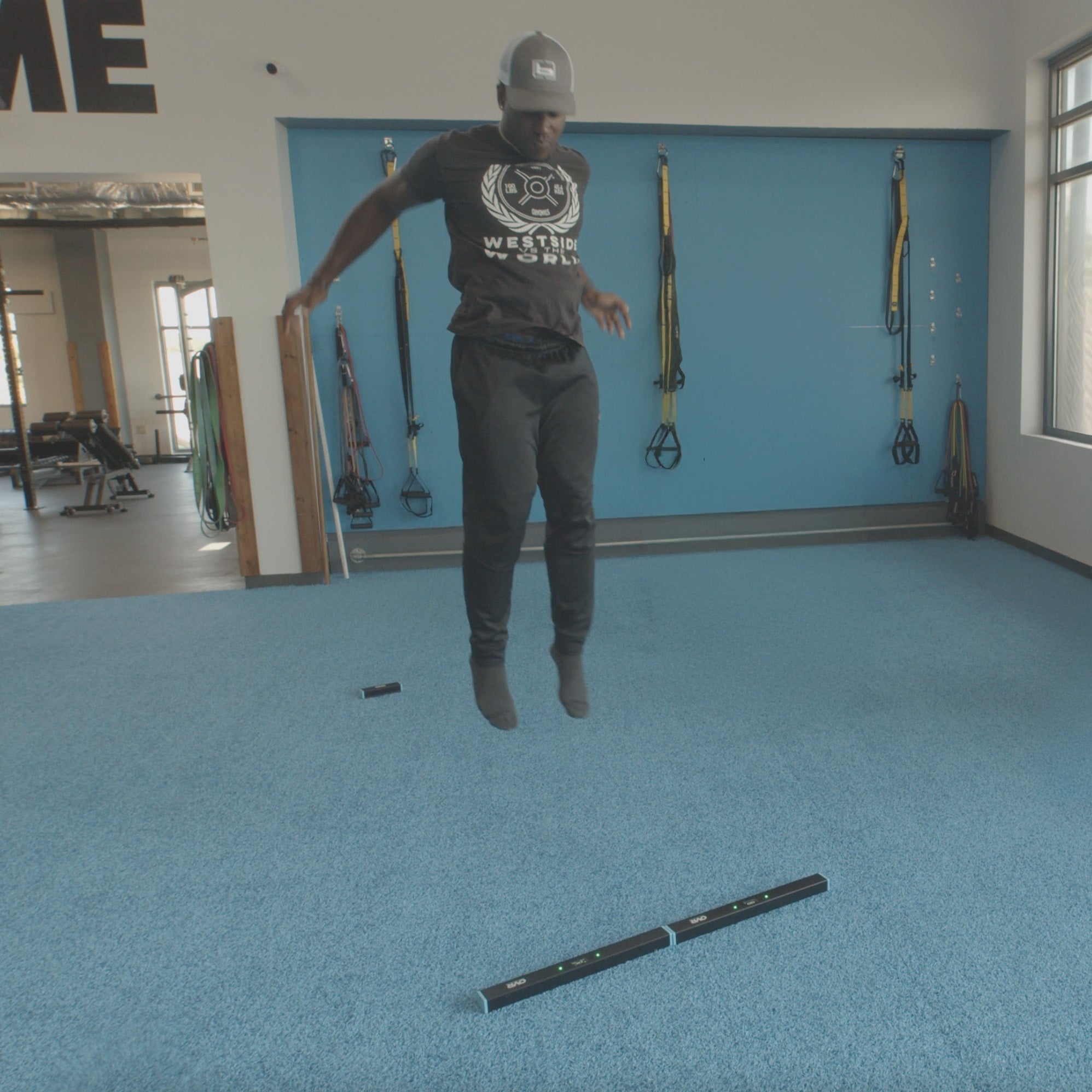
1 comment
Joe
Great video. Curious where I can find the hurdle system and broad jump mat used in the video?
Leave a comment
This site is protected by hCaptcha and the hCaptcha Privacy Policy and Terms of Service apply.